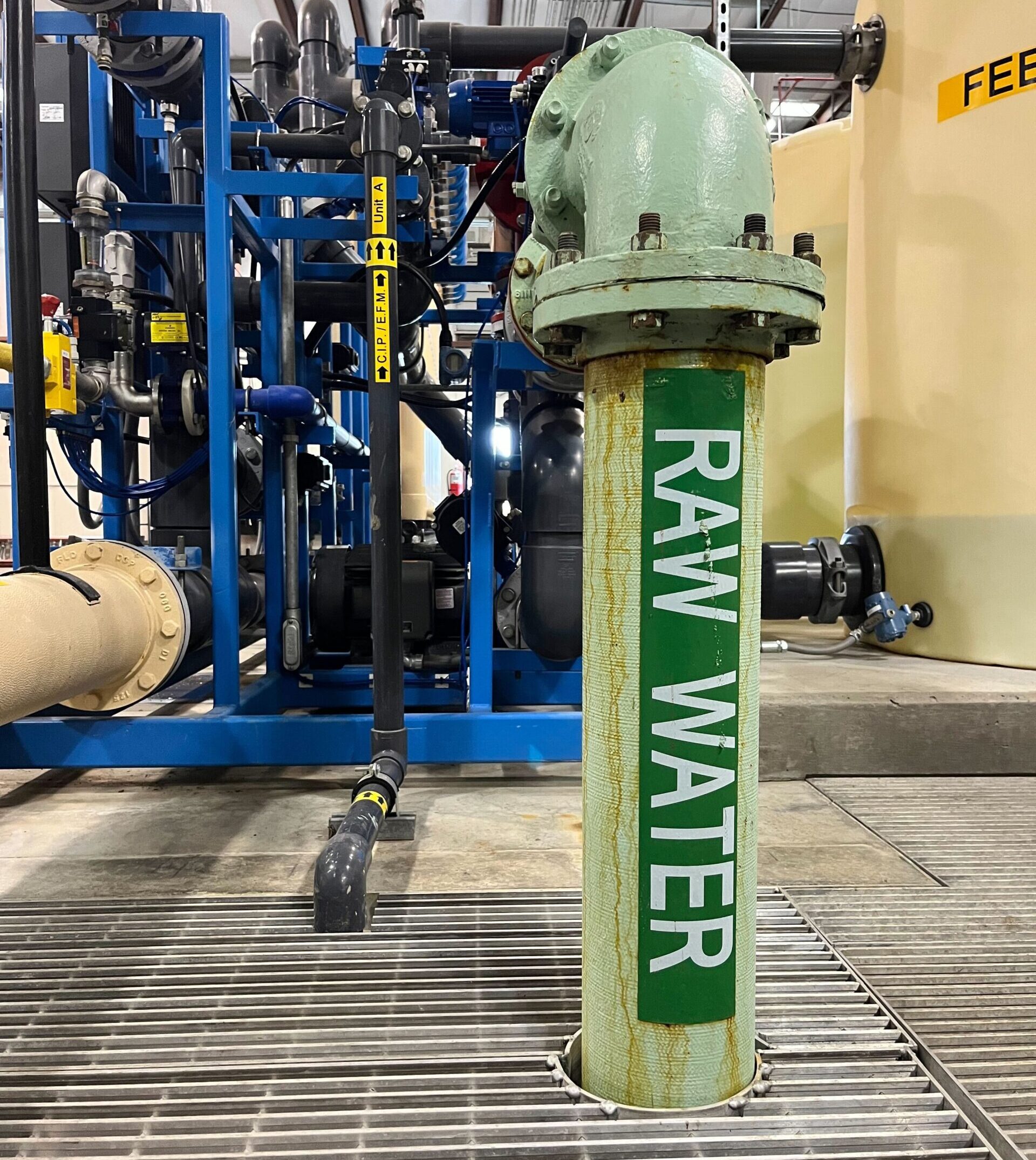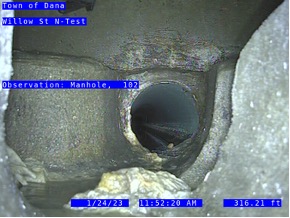How to Determine the True Cost of a System When Conducting a Rate Study

All small water systems must create budgets and set rates for the communities they serve. For some systems, rates are set to prioritize maintaining the lowest rates possible rather than the physical and fiscal health of the system. Well-intentioned governing bodies may feel they are serving their community’s best interest in keeping rates low. However, if the rates are kept artificially low, this can do a disservice to the community. Chronically undercharging customers, without covering the true costs of maintaining and operating system infrastructure, will leave small and very small systems unable to conduct routine maintenance, manage their assets and reserve the capital necessary to invest in needed infrastructure upgrades.
Rates must recover the “true costs” of providing service, including all operational costs, and funding necessary reserve accounts and debt service, if applicable. Since water systems obtain most of their revenue from user charges, a rate structure’s fairness and adequacy are imperative to both the utility and its customers. Rates must be based on a strong, well-developed budget that includes all costs of service.
To determine the true cost of service for a system, you’ll need to account for:
- Operating costs
- Administrative costs
- Debt service
- Reserve account funding
- Capital projects
Most utilities understand that operating and administrative costs must be recovered through customer rates. However, because there is an expectation the utility will provide uninterrupted service 24 hours a day, 365 days a year, there is no margin for failure. Therefore, the cash reserves a utility maintains are critical to its financial sustainability. Maintaining adequate reserve levels helps to ensure that the utility will have adequate funds available to meet its financial obligations in times of varying needs. It also provides a framework around which financial decisions can be made to determine when reserve balances are inadequate or excessive and what specific actions need to be taken to remedy the situation.
Utility reserve levels can be thought of as savings accounts. Reserve balances are funds that are set aside for a specific cash flow requirement, financial need, project, task, or legal covenant. Common reserve balances are established around the following four areas: operating reserve, capital improvement, emergency, and debt service reserve. These balances are maintained to meet short-term cash flow requirements and, at the same time, minimize the risk associated with meeting financial obligations and continued operational needs under adverse conditions.
Operating Reserve
Operating reserves are established to allow the utility to withstand short-term cash flow fluctuations. There can be a significant length of time between when a system provides a service and when a customer pays for that service. In addition, weather and seasonal demand patterns can affect a system’s cash flow. A 45-day operating reserve is a frequently used industry norm. Because of potential delays in collecting payment, many utilities attempt to keep an amount of cash equal to at least 45 days or one-eighth of their annual cash operation and maintenance expenses in an operating reserve to mitigate potential cash flow problems.
Capital Improvement Reserve
A capital improvement reserve (CIP) (also called a repair and replacement reserve) is intended to be used to replace system assets that have become worn out or obsolete. Unlike the emergency reserve, the CIP reserve is intended to be used for planned replacements/upgrades. To initiate a CIP, a small water system will start with a list of assets including the remaining service life and theoretical replacement costs in today’s dollars. It then calculates the monthly and annual reserve that must be collected from each customer to fully capitalize the replacement cost of each asset. For many small and very small utilities, attempting to fully fund asset replacement would result in rates that are untenable. An amount of at least 20 percent of replacement costs can be the alternative target. Many loans and grants will fund a maximum of 80 percent of the project, leaving the utility to provide 20 percent in matching funds.
Emergency Reserve
In addition to operating reserves, emergency reserves are an important tool for financial sustainability. Emergency reserves are intended to help utilities deal with short-term emergencies that arise from time-to-time, such as main breaks or pump failures. The appropriate amount of emergency reserves will vary greatly with the size of the utilities and should depend on major infrastructure assets. An emergency reserve is intended to fund the immediate replacement or reconstruction of the system’s single most critical asset—an asset whose failure will result in an immediate water outage or threat to public safety.
Debt Service Reserve
Water utilities that have issued debt to pay for capital assets will often have required reserves that are specifically defined to meet the legal covenants of the debt. Normally, the debt service reserve represents an amount equal to one full annual loan payment (principal and interest) and can be accumulated to this level over a period of five to ten years.
Establishing an adequate operating revenue stream by creating a rate structure mindfully designed to recover the true costs of service requires examining historic financial documents and policies and evaluating current and future system requirements. From this, cost of service will be disclosed. From the cost of service, an appropriate rate structure can be developed.
*If you want to learn more about rate setting, please check out RCAP’s Rates guide.

